|
How NOT To Submit Plant Samples For Diagnosis
PRINCETON, KY.
Spring brings with it fresh, new plant growth and gardeners filled with enthusiasm. However, when landscape or garden plants begin to show symptoms of a problem, or when commercial crops start to decline, the two questions from home gardeners’ and commercial growers’ alike are: what is causing the problem and what can be done about it? The first step toward answering these questions may be contacting the local county Extension office. An Extension agent may be able to quickly diagnose the problem, or if not, can then assist in preparing plant samples for submission to the University of Kentucky Plant Disease Diagnostic Laboratory.
Selection and packaging of a sample sounds like a straightforward and easy concept. Simply place part of the affected plant in a box or envelope and send it away, right? Wrong! Sample quality and care in packaging can make the difference between receiving a rapid diagnostic report and receiving one of those dreaded “insufficient sample” replies. For those in the Extension offices involved in sample submission, the following tips can reduce common errors and result in more timely and accurate diagnoses.
Avoid These Common Sample Submission Errors
Packing material not used
Samples submitted with little or no packing material are often further damaged during shipping (Figure 1). Differentiation between symptoms and shipping damage can complicate diagnosis. Wrap rootballs in a plastic bag, leaving leaves and stems exposed; this also keeps foliage from becoming contaminated with soil from the rootball. Use an appropriate sized box that can be padded and secured (Figure 2).
Dead is too late
Samples that contain only dead material are often impossible to accurately diagnose (Figure 3). Once a plant has died, secondary pathogens and other organisms invade tissues, complicating diagnosis and making it difficult to isolate the primary pathogen. The best samples include dead, dying, and healthy plant tissues (Figure 4).
Plastic bags used for fleshy fruit and vegetables
Avoid packaging fruit or vegetable samples in sealed plastic bags, which promote decay. No diagnosis can be determined from extensively rotted material (Figure 5). Wrap fruit or vegetables in several layers of newspaper and with extra padding to avoid damage during shipping (Figure 6).
Insufficient information
Providing insufficient information can also hinder a diagnosis. Details about the plant, planting site, and symptoms can be as important as the physical material collected. Provide as much information as possible on the diagnostic forms submitted with samples (Figure 7).
Additional Information
Submitting Plant Specimens for Disease Diagnosis (PPFS-GEN-09)
Plant Pathology Publications (Website) ∆
Kimberly Leonberger, Plant Pathology Extension Associate; Julie Beale and Brenda Kennedy, Plant Disease Diagnosticians; and Nicole Gauthier, Plant Pathology Extension Specialist
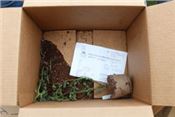
Figure 1: Samples with no packaging often suffer damage during shipping, resulting in complications with diagnosis.
Photo: Nicole Gauthier, UK
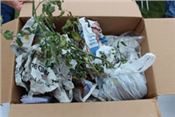
Figure 2: Samples should include additional padding to prevent damage from shipping. Roots and soil should be wrapped in a plastic bag to prevent damage.
Photo: Nicole Gauthier, UK
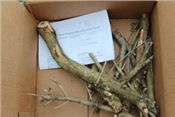
Figure 3: Samples that contain only dead material reduce the chances of an accurate diagnosis.
Photo: Nicole Gauthier, UK
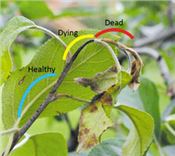
Figure 4: The best samples include dead, dying, and healthy plant tissues.
Photo: John Strang, UK / Modified by Kim Leonberger, UK
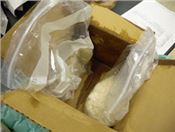
Figure 5: Spaghetti squash sealed in plastic bags decayed during shipping and cannot be diagnosed.
Photo: Brenda Kennedy, UK

Figure 6: Fruit and vegetables should be packaged in several layers of newspaper.
Photo: Julie Beale, UK
|
|